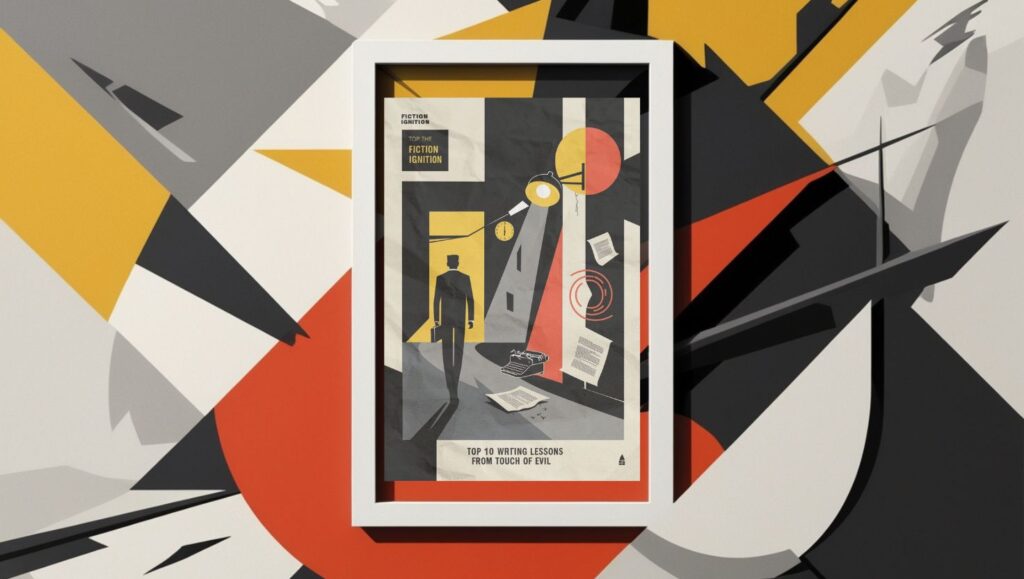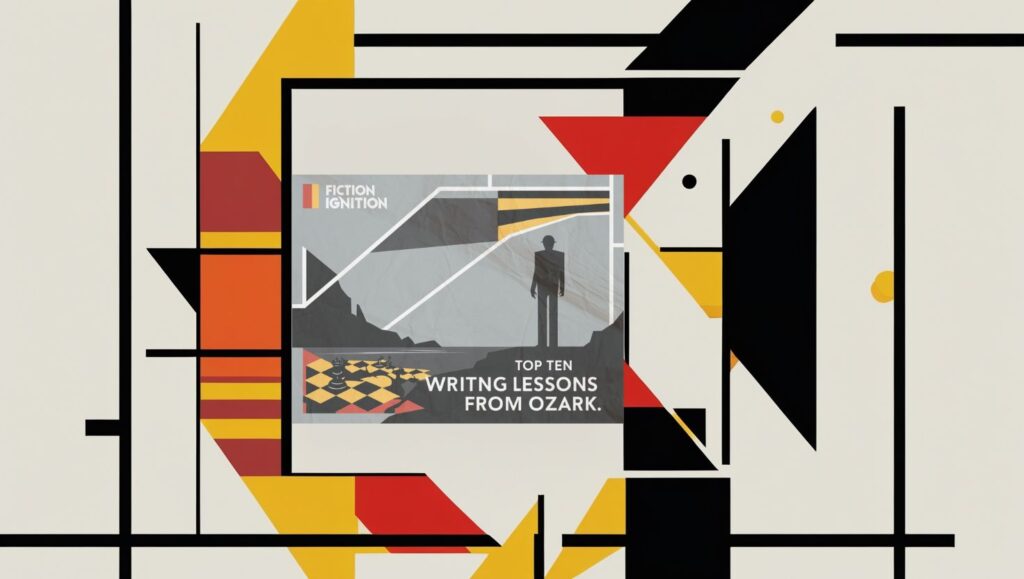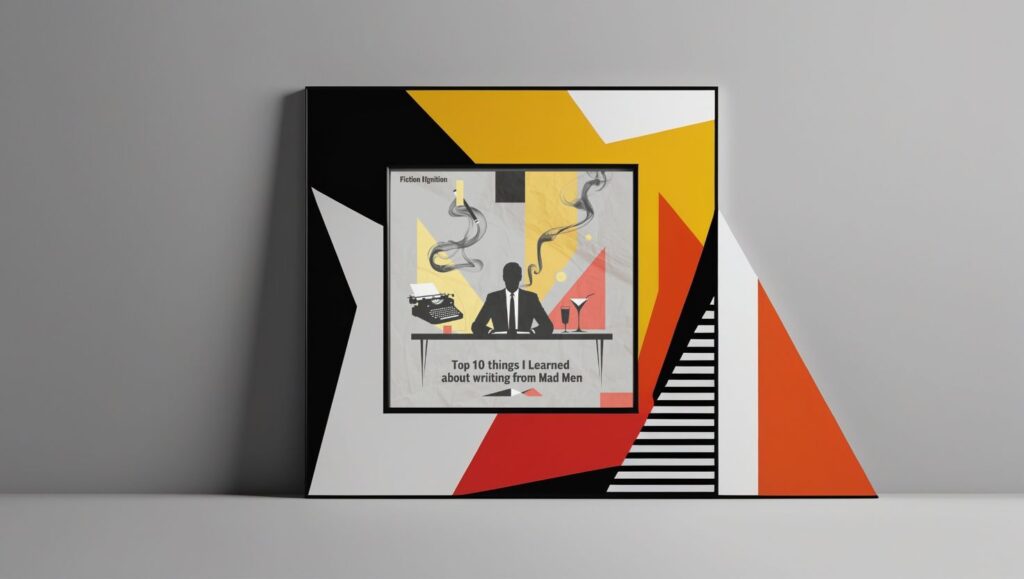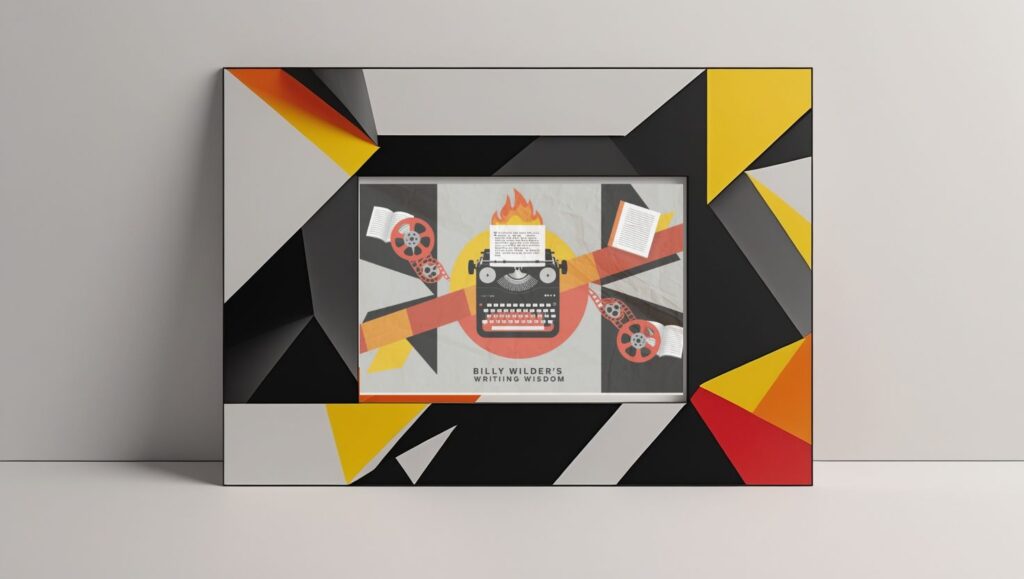Hello, Fiction Igniters! Grab your popcorn and pens because today, we’re diving into the deliciously dark and wildly innovative classic, Touch of Evil. This Orson Welles masterpiece isn’t just a cinematic marvel—it’s a masterclass in storytelling that slaps you in the face with brilliance and whispers, “Write better, you fool!” So, here are the Top 10 Things I Learned About Writing from Touch of Evil in countdown style. Ready? Let’s ignite this!
10. Start with a Bang—Literally!
Touch of Evil kicks off with one of the most iconic opening scenes in film history: a single, uninterrupted tracking shot that builds unbearable tension as a time bomb ticks away. What does this teach us, Fiction Igniters? Start strong. Hook your audience immediately, whether it’s with a shocking first line, an explosive event, or a mystery begging to be solved.
Actionable Tip: The opening sentence of 1984 by George Orwell (“It was a bright cold day in April, and the clocks were striking thirteen.”) creates instant intrigue. Can you craft a sentence that raises questions and demands answers?
9. Every Frame (or Scene) Matters
Welles’ meticulous attention to detail means every frame in Touch of Evil serves a purpose. Shadows, camera angles, and set design all pull double duty: they look stunning and reveal character or theme. In writing, this translates to making every scene earn its place.
Actionable Tip: Do a “scene audit.” Ask yourself, “If I cut this scene, what’s lost?” If the answer is “nothing,” it’s time to trim the fat. Hemingway was brutal with his editing. Be like Hemingway.
8. Ambiguity is Your Best Friend
Is Captain Quinlan (played by Welles) a hero, a villain, or both? Touch of Evil thrives on moral ambiguity, forcing the audience to grapple with uncomfortable questions. The best stories live in the gray areas.
Actionable Tip: Think of Walter White from Breaking Bad. He’s a good guy turned bad… but is he completely bad? Write characters whose actions provoke debate. Bonus: Ambiguity keeps readers hooked.
7. Villains with Layers are Unstoppable
Quinlan is more than a corrupt cop. He’s a tragic figure—flawed, haunted, and human. A cardboard-cut-out villain won’t scare anyone, but a complex antagonist will haunt your readers long after they close the book.
Actionable Tip: Give your villains a redeeming quality or a painful backstory. Think Darth Vader’s redemption arc or Killmonger’s sympathetic motivations in Black Panther. Great villains make great stories.
6. Atmosphere is a Character
The gritty border town in Touch of Evil isn’t just a setting; it’s a living, breathing character. The oppressive shadows, the claustrophobic streets, and the simmering tension all amplify the story’s tone.
Actionable Tip: Use sensory details to make your setting pop. In The Road by Cormac McCarthy, the bleak, ash-filled world is as memorable as the characters. What’s the “mood” of your story, and how can your setting reflect it?
5. Dialogue is a Weapon
Welles’ dialogue is sharp, and loaded, and reveals more than it says outright. Every word feels like it’s part of a larger chess game between the characters.
Actionable Tip: Write dialogue that does double (or triple) duty. It should reveal character, advance the plot, and add tension. Check out Aaron Sorkin’s scripts (The Social Network is a great example) for a masterclass in multi-layered dialogue.
4. Subtext is Everything
In Touch of Evil, what’s not said is often more important than what is. The loaded glances, the tension beneath the surface—it’s all about subtext. Readers love piecing things together, so don’t spoon-feed them.
Actionable Tip: Let your readers play detective. In The Great Gatsby, the green light at the end of Daisy’s dock symbolizes so much without Fitzgerald ever explicitly stating it. Trust your readers to read between the lines.
3. Play with Structure
Welles wasn’t afraid to break the rules, and neither should you be. Touch of Evil experiments with structure, using flashbacks, overlapping timelines, and shifting perspectives. It’s a bold move, but it pays off.
Actionable Tip: Consider stories like Cloud Atlas by David Mitchell, which weaves multiple narratives across time and space. Don’t be afraid to get creative with your timeline or structure. Just make sure it serves the story.
2. Themes Should Simmer Beneath the Surface
Touch of Evil explores themes of corruption, justice, and moral decay without ever hitting you over the head. Themes should feel organic, not preachy.
Actionable Tip: Identify your story’s core themes and let them emerge naturally. In To Kill a Mockingbird, Harper Lee explores racism and morality through the characters’ actions and choices rather than overt lectures. Let your themes breathe.
1. Take Risks, or Go Home
The biggest lesson from Touch of Evil? Take risks. Welles took wild creative swings, from the unorthodox cinematography to the morally complex characters. Sure, it wasn’t universally praised when it first came out, but now it’s hailed as a masterpiece.
Actionable Tip: Write the story only you can write. Take chances. Experiment. Some people might not “get” it, but those who do will love it fiercely. As Neil Gaiman says, “The world always seems brighter when you’ve just made something that wasn’t there before.”
So there you have it, my Literary Pyromaniacs! Touch of Evil isn’t just a film—it’s a treasure trove of storytelling lessons. Take these tips, ignite your creativity, and set your stories ablaze. Until next time, don’t write, ignite!









